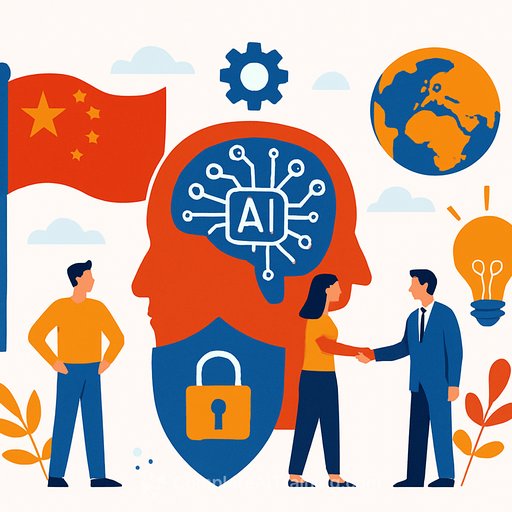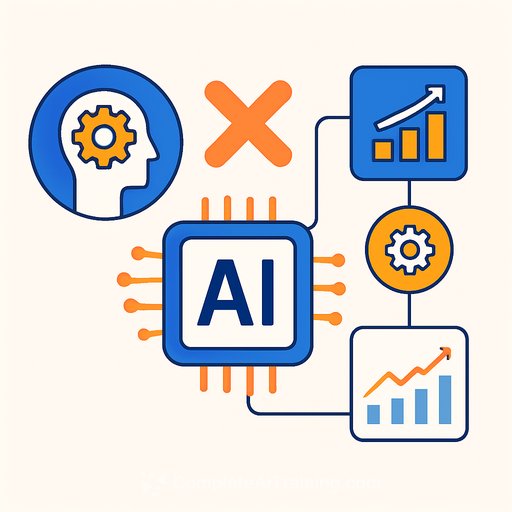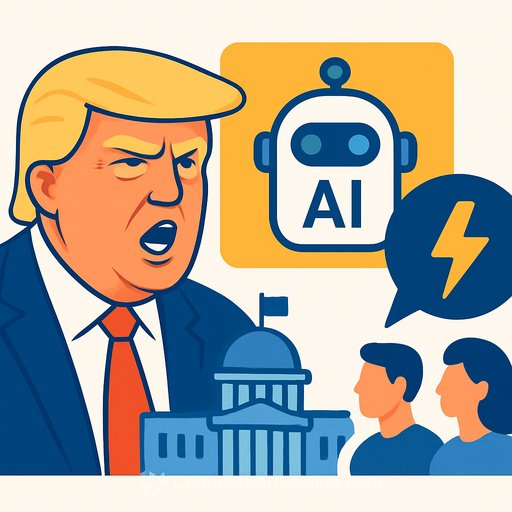China’s AI Governance Framework: Balancing Growth and Security
At the 2025 World Artificial Intelligence Conference in Shanghai, Geoffrey Hinton, often called the godfather of AI, sounded a clear warning: AI carries risks akin to raising a tiger cub—appearing manageable now but potentially dangerous as it matures. This analogy highlights the urgent need for governance that keeps pace with AI’s unpredictable development.
China is responding by focusing on a balanced AI strategy that promotes innovation while ensuring safety and cooperation amid increasing global competition.
Three Priorities in China’s AI Strategy
- Healthy and Orderly Development: China aims to encourage AI growth without compromising public interests. Shen Weixing, dean of Tsinghua University’s School of Law, emphasizes that AI must operate within clear rules to safeguard both industry progress and societal well-being. Recent directives from the State Council call for full implementation of the “AI+” initiative, accelerating AI applications across sectors.
- Diversified and Collaborative Governance: The goal is to manage AI risks while maximizing its potential in a controlled way. The State Council advocates a multi-stakeholder governance system with enhanced security capabilities. Experts like Liu Dian from Fudan University stress avoiding isolationist policies, promoting practical cooperation through global initiatives such as the Belt and Road. Yao Jia from the Chinese Academy of Social Sciences underscores the need for an inclusive framework to guide international AI collaboration.
- Advanced Technology to Address New Risks: Traditional security methods fall short for AI’s evolving challenges. At WAIC 2025, Hinton called for exploring general AI training techniques aimed at steering AI behavior toward benevolence. Zhou Bowen, director of Shanghai AI Laboratory, highlighted the concept of "intrinsic safety," shifting focus from merely making AI safe to creating AI that is inherently safe—especially important as AI systems approach or exceed human intelligence.
China’s approach integrates development, governance, and technology safety to maintain a balance between innovation and regulation. This framework recognizes AI’s fast pace and complexity, aiming to build a secure foundation for future advancements.
For IT professionals and developers interested in practical AI governance and safety measures, exploring comprehensive training on AI development and risk management is critical. Resources like Complete AI Training offer courses that cover these aspects in depth.
Your membership also unlocks:






